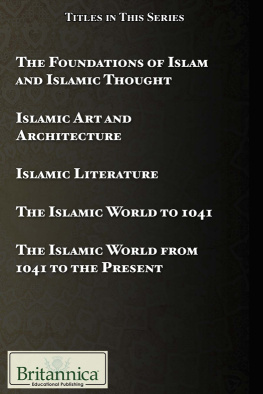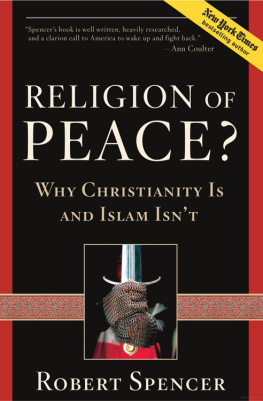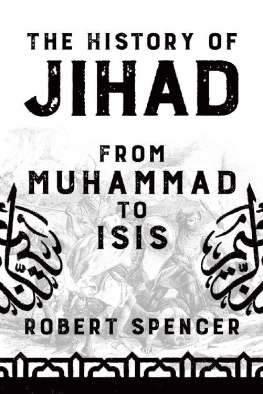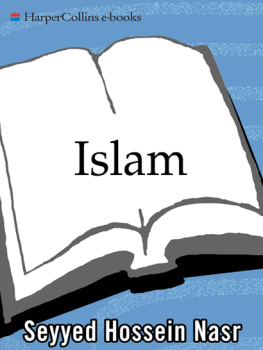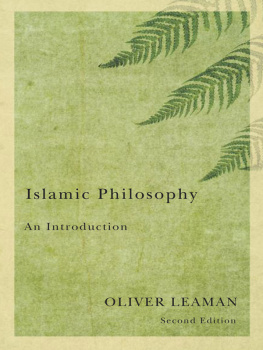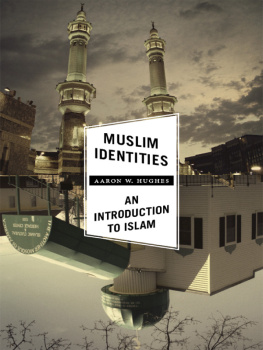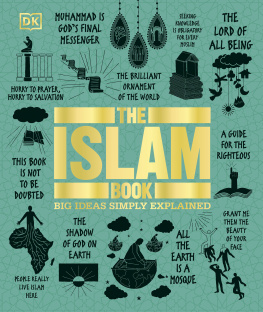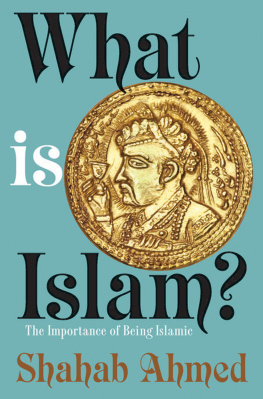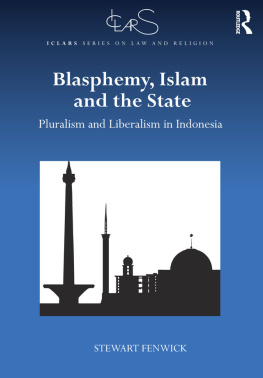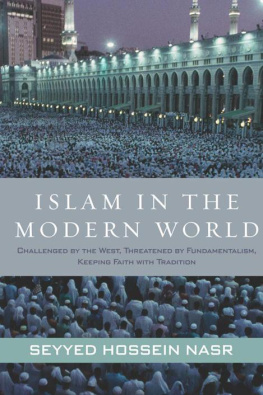
Published in 2018 by Britannica Educational Publishing (a trademark of Encyclopdia Britannica, Inc.) in association with The Rosen Publishing Group, Inc.
29 East 21st Street, New York, NY 10010
Copyright 2018 by Encyclopdia Britannica, Inc. Britannica, Encyclopdia Britannica, and the Thistle logo are registered trademarks of Encyclopdia Britannica, Inc. All rights reserved.
Rosen Publishing materials copyright 2018 The Rosen Publishing Group, Inc. All rights reserved.
Distributed exclusively by Rosen Publishing.
To see additional Britannica Educational Publishing titles, go to rosenpublishing.com.
First Edition
Britannica Educational Publishing
J.E. Luebering: Executive Director, Core Editorial
Andrea R. Field: Managing Editor, Comptons by Britannica
Rosen Publishing
Ariana Wolff: Editor
Nelson S: Art Director
Brian Garvey: Series Designer
Tahara Anderson: Book Layout
Cindy Reiman: Photography Manager
Nicole DiMella: Photo Researcher
Library of Congress Cataloging-in-Publication Data
Names: Wolff, Ariana, editor.
Title: The foundations of Islam and Islamic thought / [editor] by Ariana Wolff.
Description: New York, NY : Britannica Educational Publishing, 2018. |
Series: The Britannica guide to Islam | Includes bibliographical references and index.
Identifiers: LCCN 2016053716 | ISBN 9781680486124 (eBook) Subjects: LCSH: Islam. | IslamDoctrines. | Islamic philosophy. | Islamic ethics.
Classification: LCC BP161.3 .F675 2018 | DDC 297dc23
LC record available at https://lccn.loc.gov/2016053716
Manufactured in the United States of America
Photo credits: Cover, p. 1 Saida Shigapova/Shutterstock.com; p. 9 Blaine Harrington III/Corbis Documentary/ Getty Images; p. 13 Courtesy of the University of Texas Libraries, The University of Texas at Austin; p. 15 istanbul_image_video/Shutterstock.com; p. 20 DEA/G. Dagli Orti/De Agostini/Getty Images; p. 24 mtsyri/Shutterstock. com; pp. 28, 85 Iberfoto/SuperStock; p. 30 World Religions Photo Library/Alamy Stock Photo; p. 33 Pictures from History/Bridgeman Images; p. 35 Zakir Hossain Chowdhury/Barcroft Media/Getty Images; p. 37 ayazad/Fotolia; p. 45 Art Directors & TRIP/Alamy Stock Photo; pp. 52-53 Library of Congress Geography and Map Division; p. 59 Reuters/Alamy Stock Photo; p. 62 Stereograph Cards/Prints and Photographs Division/ Library of Congress, Washington, D.C. (digital file no. LC-DIG-ppmsca-10663); p. 63 Gurcan Ozturk/AFP/Getty Images; p. 68 Christine Osborne Pictures/Alamy Stock Photo; p. 70 Wellcome Library, London; p. 72 Georgios Kollidas/Shutterstock.com; p. 76 Photos.com/Thinkstock; p. 81 Pictures from History/The Image Works; p. 88 Godong/Universal Images Group/Getty Images; p. 91 Marie-Lan Nguyen; p. 97 Jesse33/Shutterstock.com; p. 102 Heritage Image Partnership Ltd/Alamy Stock Photo; p. 107 AP Images; p. 110 George Grantham Bain Collection/Library of Congress, Washington, D.C. (digital file no. cph 3b24436); p. 113 Prakash Subbarao; p. 116 Barry Kusuma/Photolibrary/Getty Images; back cover, pp. 3-7 background design javarman/Shutterstock.com; interior pages border design Azat1976/Shutterstock.com.

I slam is the second largest of the Abrahamic religionsthat is, belief systems centred on the Hebrew patriarch Abraham. The word Islam itself means surrender. It is understood to imply submission to Allah, or God. Its practitioners are known as Muslims, literally those who submit to God. It holds the core beliefs that Allah is a God without rival; that the 6th-century Prophet Muhammad was Allahs last messenger on Earth; and that believers must surrender to the will of Allah.
Islams primary beliefs are enshrined in the text of the Qurn (sometimes spelled Koran in English), a text that Muslims believe was revealed to the Prophet Muhammad by God. Much like Christianitys relationship to Judaism, Islam does not eschew the prophets of its Abrahamic predecessors. Thus, Islamic belief accepts the major prophets of Judaism and Christianity, among them Abraham, Noah, Moses, and Jesus, as its own and recognizes as holy texts the Torah, Psalms, and the Gospel (although not in the forms preserved by Judaism or Christianity). Thus, Muslims see their religion not as a new advent that began with Muhammad, but rather as the complete and final revelation of a faith that existed since the beginning of time.
Historically, Islam originated in the Arabian Peninsula, a peninsular region located in the extreme southwestern corner of Asia. From there, it spread out west across Africa and east into Asia. Before the rise of Islam, several different civilizations lived throughout the region that would become the Islamic World, each with their own practices and beliefs. Among them were Jews, Christians, Zoroastrians, and indigenous Arab polytheists. The Arabian Peninsula, where Islam was born, was separated into several tribes, including the Quraysh, Muhammads tribe.
Muhammad was born in 570 CE in the city of Mecca and for several years worked as a merchant. By his 30s, he was a respected figure in Mecca, due in part to his deep religiosity and attention to prayer. He often would leave the city and retire to the desert for prayer and meditation. During one of these periods of retreat, in the year 610, Muhammad meditated in a cave called al-ir in the Mountain of Light (Jabal al-Nr) near Mecca, where he experienced the presence of the archangel Gabriel and the process of the Qurnic revelation began.
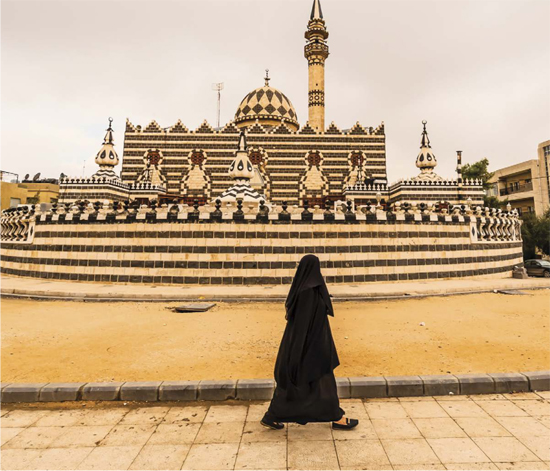
A veiled woman walks before the Abu Darweesh Mosque in Amman, Jordan. Mosques are the houses of worship where the worlds estimated 1.5 billion Muslims gather to pray.
Written in Arabic, the Qurn is composed in rhymed prose, and it was intended to be recited. Its content includes theological statements, laws and morals, stories of the prophets, oracular or prophetic statements, and disputes with other religions. The Qurn presents itself as the speech of God, in an elliptical and cyclical mannerwithout a linear structure.
Although the Qurn includes laws, it is not considered a book of laws that must be followed. On the contrary, according to Islamic belief, the meaning of the Qurn is not fixed. Therefore, the religion relies on Hadith (in Arabic, adth: literally, report; a collection of sayings attributed to the Prophet) as a source of social, political, and religious knowledge. Hadith speak of a wider range of issues, expounding upon the laws mentioned in the Qurn, as well as sayings and deeds of Muhammad the Prophet. These two sources form the basis of Islamic doctrine and ritual.
After the Prophets death in 632, there were debates as to who should succeed him and lead the ummah, or Islamic community. With time, the Islamic community became fractured based on differences in authority, theology, and practices. Furthermore, Islam has grown to encompass much more than religious doctrine or a societal model; Islamic thought includes the secular philosophy embodied by thinkers such as al-Rz and Avicenna as well as great works of literature including the mystical writings of the Sufi poet Rm or the tales immortalized in the Alf laylah wa laylah ( The Thousand and One Nights ).
Despite being one of the worlds largest religions in numbers of followers, Islam is also often misunderstood by outsiders, particularly in the Western world. By understanding its rich theological history and outgrowth from Arabia, new perspectives on Islam can be gleaned, and it can be appreciated for its valuable contributions to theology, philosophy, and the arts.

